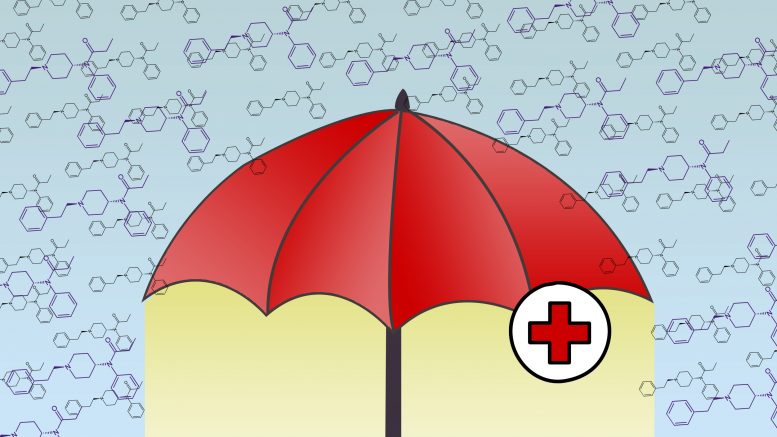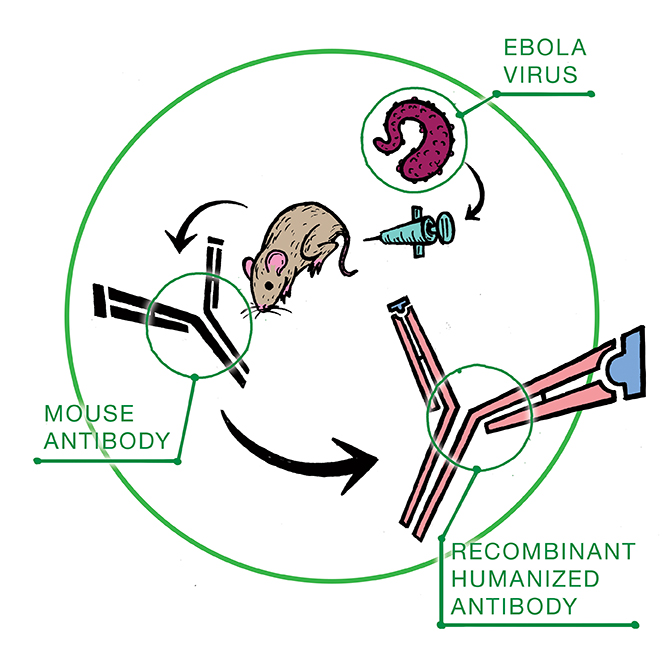On March 1, thirty-one year old Ashten Cook was found dead in a hotel room on Pembina Highway. She had succumbed to an opioid overdose.
This is yet another tragic occurrence in a growing opioid addiction epidemic in Manitoba, and indeed, across Canada. In 2016 there were at least 24 opioid-related deaths in Manitoba. Of these deaths, nine were related to fentanyl.
This is a health crisis that needs to be addressed, and addressing this crisis begins with safe drug use sites. Safe drug use sites, which currently exist as supervised injection sites, are safe, clean locations in which users can inject drugs under the supervision of medical staff using clean, supplied equipment. In this environment, medical staff can immediately respond to an overdose, and the provided clean equipment prevents the spread of infectious diseases, including HIV/AIDS.
Supervised injection sites are an example of harm reduction put into practice. Harm reduction refers to reducing the harms associated with drug use without requiring users to abstain from drug use. It’s meant to treat those who are unable or unwilling to stop using drugs, and to treat them with dignity and without judgement – as people rather than as undesirables. Harm reduction is also incremental, focused on manageable small steps rather than difficult big leaps. Supervised injection sites can be the first small step for addicts.
If we want to effectively address the opioid epidemic, we need to move away from criminalizing drug users and move toward harm reduction. Not only is it a more compassionate means of treatment, it’s an effective means of treatment. The Insite supervised injection site in Vancouver’s downtown Eastside is the first such legal facility in North America. Insite also operates as a gateway to other services, including addiction treatment and detox services.
In 2015, Insite saw 263,713 visits by 6,532 unique individuals, 768 overdose incidents , and 5,359 clinical treatment interventions, as well as 5,368 referrals to other social and health services, of which many were for detox and addiction treatment services.
That’s 6,532 people who are at reduced risk of disease from unclean equipment. That’s 768 prevented cases of serious harm, including risk of serious brain damage, coma, or death. That’s 5,368 instances of people seeking help for health or other issues. It’s important to remember that behind these numbers there are real people getting the help they need.
The concept of supervised injection sites has proven effective, and proponents are attempting its expansion beyond Vancouver to Toronto and Ottawa. Supervised injection sites should not only be funded across the country, the concept of the supervised injection site should also be expanded beyond just injection to general safe drug use sites.
While supervised injection sites are great for those who are injecting drugs, spaces like these are also needed for those with addictions to drugs that are consumed in other ways, like methamphetamines that are smoked, and prescription medications that are consumed orally. This would further help address the opioid epidemic in Manitoba by providing more robust supports and could help thousands seek treatment for their addictions.
It’s time to move away from criminalization and toward compassion.





